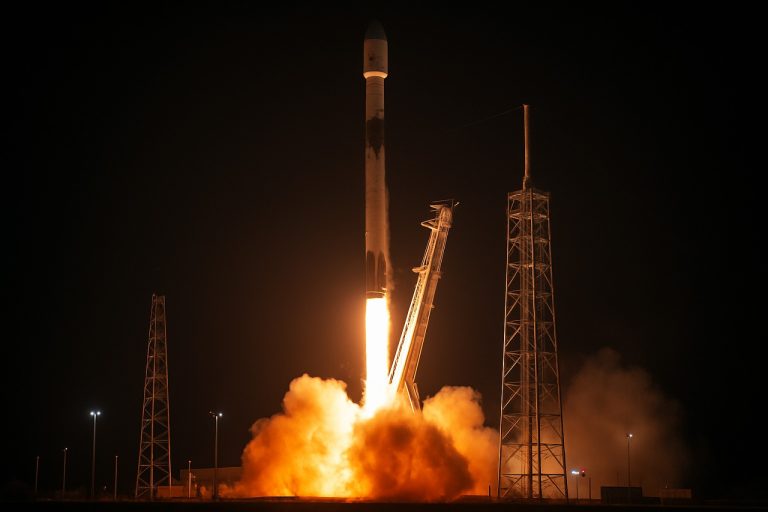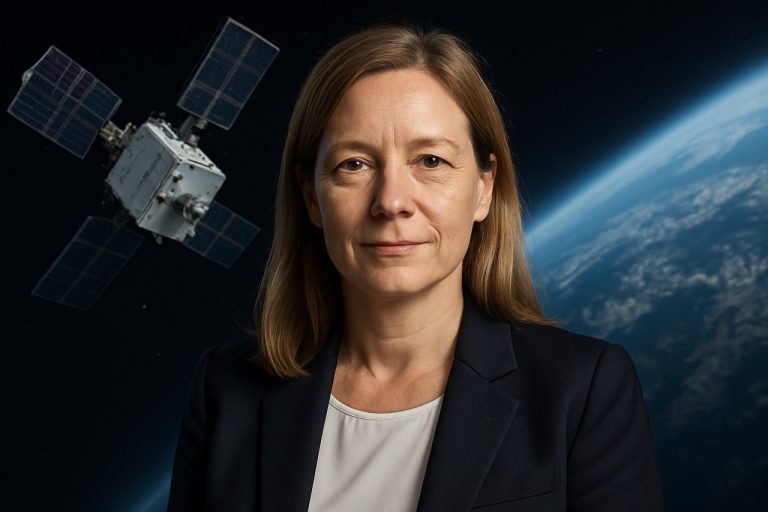
Can Starlink Stay on Top? The Real Story Behind the LEO Satellite Industry Shakeup in 2025
The LEO satellite sector is booming—find out if Starlink can keep its edge or if rivals like Kuiper and IRIS2 are poised to take over.
- 6,000+ Starlink satellites in orbit as of 2025
- $14B+ Market value of LEO satellite services in 2025
- 4+ Major global LEO network operators (Starlink, Kuiper, IRIS2, Thousands Sails)
Picture the night sky cluttered with fast-moving satellites—iconic Starlink dishes popping up in rural towns and remote wilderness across the globe. Elon Musk’s Starlink has catapulted the concept of Low Earth Orbit (LEO) internet into the public consciousness and holds the crown as the world’s LEO frontrunner. But as 2025 unfolds, new challengers are storming the gates, and the satellite internet landscape is more unpredictable than ever.
Q: Who Are the Major Players in the LEO Satellite Race?
The LEO satellite sector has split into two fast-evolving categories:
– Category 1: Global giants chasing universal connectivity. Think Starlink, Amazon’s Kuiper, Europe’s IRIS2, and China’s Thousands Sails. They aim to blanket the globe with high-speed coverage for everyone.
– Category 2: Niche specialists like Telesat Lightspeed and Rivada Outernet targeting enterprise, government, and specialized markets with tailored services.
While Starlink led the first wave, Amazon is rapidly deploying Kuiper satellites, and IRIS2 is banking on regulatory support from EU governments. In China, Thousands Sails is quietly building a state-backed network for massive domestic and strategic use.
How Did Starlink Dominate So Quickly?
Starlink crushed barriers as a first mover:
– Deployed the largest LEO satellite constellation in history.
– Integrated hardware, software, and launch capability under one roof.
– Drove down prices for consumers and enabled connectivity even in the world’s most isolated corners.
But history shows that early dominance isn’t always permanent. Just look at how BlackBerry’s grip on mobile faded with the iPhone’s arrival, or how Yahoo lost out to Google. Early movers set the benchmark, but swift, innovative competitors can steal the spotlight.
Can Starlink Keep Its Crown in 2025?
The next phase of the LEO race won’t just be about who has the most satellites. The winners will likely be those who can:
– Forge strong partnerships with local telcos worldwide.
– Address local regulatory needs, especially in markets wary of foreign-controlled networks.
– Scale user support and enhance coverage with region-specific solutions.
Amazon’s Kuiper is leveraging cloud and e-commerce muscle. European and Chinese operators bring government-backed regulatory compliance. Starlink still commands attention with its tech prowess, but the market now demands collaboration over lone-wolf heroics.
Q: Is There Room for LEO Niche Players?
Absolutely. Operators like Telesat and Rivada Outernet don’t need to play Starlink’s volume game. Instead, they focus on:
– Secure, high-throughput networks for government and defense.
– Customized satellite backhaul for telecom carriers.
– Specialized solutions for mining, disaster recovery, or remote enterprise operations.
The rise of niche players proves that targeted innovation can be just as lucrative as scale.
How To Choose the Right LEO Provider for Your Needs
Here’s a quick guide:
1. Assess location and coverage: Check if providers offer reliable service in your region.
2. Evaluate support and partnerships: See how well they work with local companies and governments.
3. Consider application: For home use, category 1 leaders like Starlink and Kuiper are safe bets. For business or government, explore category 2’s advanced features.
4. Watch for regulatory changes: Government policies may affect availability or quality of service.
For broader insights, explore authoritative sites like NASA and ITU.
Q: Who Wins the LEO Space Race?
It’s too soon for final answers. LEO satellite internet is booming. Consumers worldwide now have more choices and better connectivity than ever. Expect fierce competition, rapid-fire innovation, and entirely new ways to connect remote regions.
Stay tuned—2025 is just the start of the satellite revolution. Don’t miss your spot in the next big wave of global connectivity!
Your 2025 LEO Satellite Checklist:
- Track new launches from Starlink, Kuiper, IRIS2, and other players
- Review your provider’s real-world coverage maps before subscribing
- Check for local partnerships and government support
- Compare plans for your usage—home, business, or specialized needs
- Stay informed with updates from trusted sources like Space.com and Reuters
Ready to join the satellite internet revolution? Evaluate your options, stay informed, and connect to the future—today!



